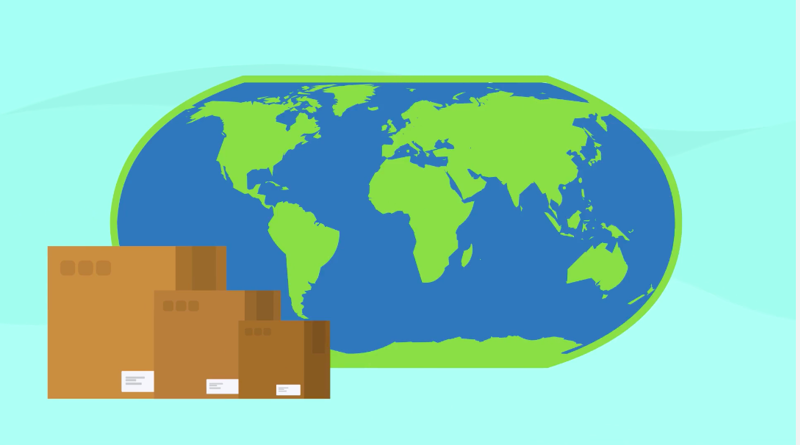As described in our recent blog on the topic, eCommerce has driven global parcel shipment volumes sky high. Consumers are more comfortable than ever buying from eCommerce vendors located overseas. This has resulted in an avalanche of inbound packages that has overwhelmed U.S. Customs and Border Protection (CBP) resources, whose systems have historically been geared to processing larger containers. This is expected to change in Q4/2019.
Some historical context on cross-border exemptions
In an effort to reduce the burden on CBP resources, the Trade Facilitation and Trade Enforcement Act of 2015 raised the de minimis value (the limit under which shipments are exempt from duties, taxes, and more detailed filing requirements) from $200 to $800. But the processes for so-called “Section 321” shipment entries are still very manual for most customs brokers.
“De minimis” is a shorthand reference to the legal phrase "de minimis non curat lex," meaning the law doesn't waste time on trivial things. But in raising the de minimis threshold, the impact has been anything but trivial and may have added momentum to the volume surge. Armstrong & Associates estimated that cross-border eCommerce today accounts for 15 to 20 percent of the world's online traffic and is growing twice as fast as domestic e-commerce. By 2020, it is expected to represent 22 percent of global online sales.
‘A tsunami of small packages’
JOC.com quoted Amy Magnus, director of customs affairs and compliance at the customs broker AN Deringer, as saying, “It is a tsunami of small packages, especially when you see it up close. The challenge for customs officers is to do adequate inspection of a truckload filled with tiny packages.”
This has put CBP in the difficult position of having to balance eCommerce consumer expectation for speedy cross-border delivery against the national interest in border protection. Without access to detailed information or advance notice of a shipment's arrival, customs authorities are hampered in their efforts to target suspicious shipments. As Magnus said in a a DC Velocity article, "Low value does not mean low risk."
Adding to the problem is that parcel customs clearance processes are completely paper-based and manual, except for those few global parcel carriers who have customs brokerage service operations that are able to file electronically. For them, cross-border parcel customs clearance processes are fully automated. Not so for all other freight forwarders and customs brokers who are missing out on opportunities to engage more intensively in cross-border eCommerce.
The impact on the parcel logistics industry
In Q4/2019, CBP is planning to implement system changes that will streamline clearance processes, while improving data collection, visibility, and border protection. The new process will have an enormous impact on the parcel logistics industry. It will enable global logistics companies to electronically file more detailed Section 321 information using the Automated Broker Interface (ABI) into the Automated Commercial Environment (ACE) system. This will eliminate manual and duplicate data entry. Parcels will flow through customs like never before.
To take advantage of this significant change, logistics service providers will need to rely on systems that have the combined capabilities of both parcel shipment processing and cross-border customs compliance. As an enterprise-class TMS platform with parcel cross-border consolidation and drop ship capabilities, Transtream is the perfect platform to streamline global eCommerce.
